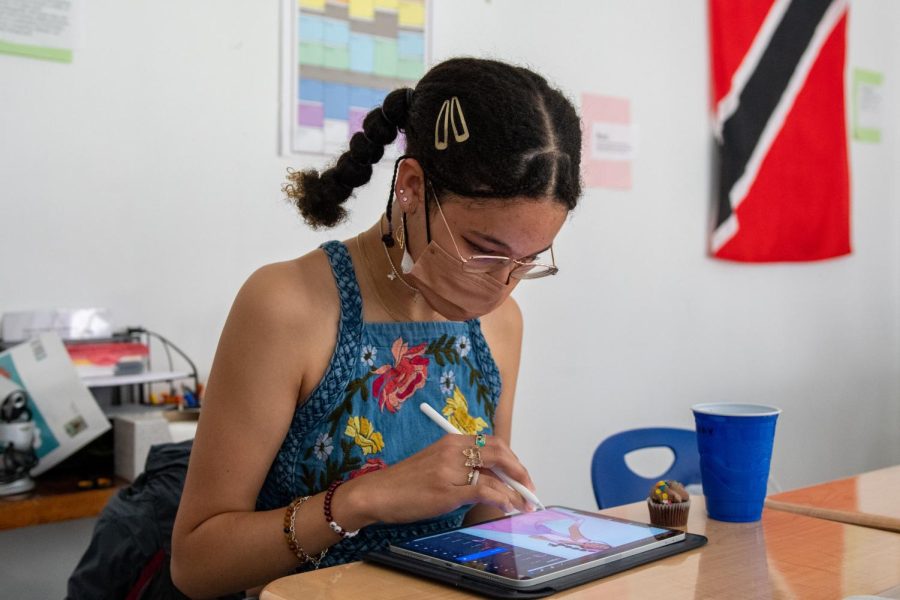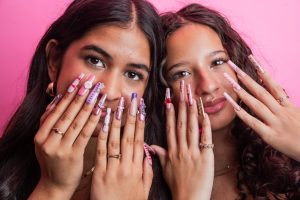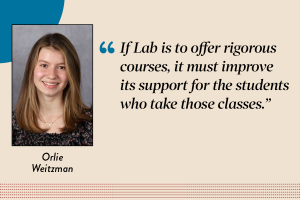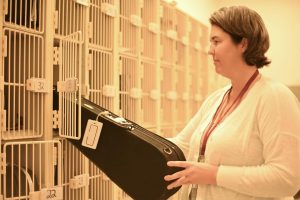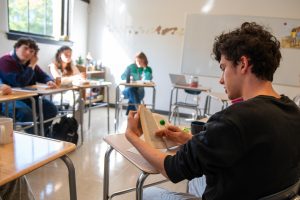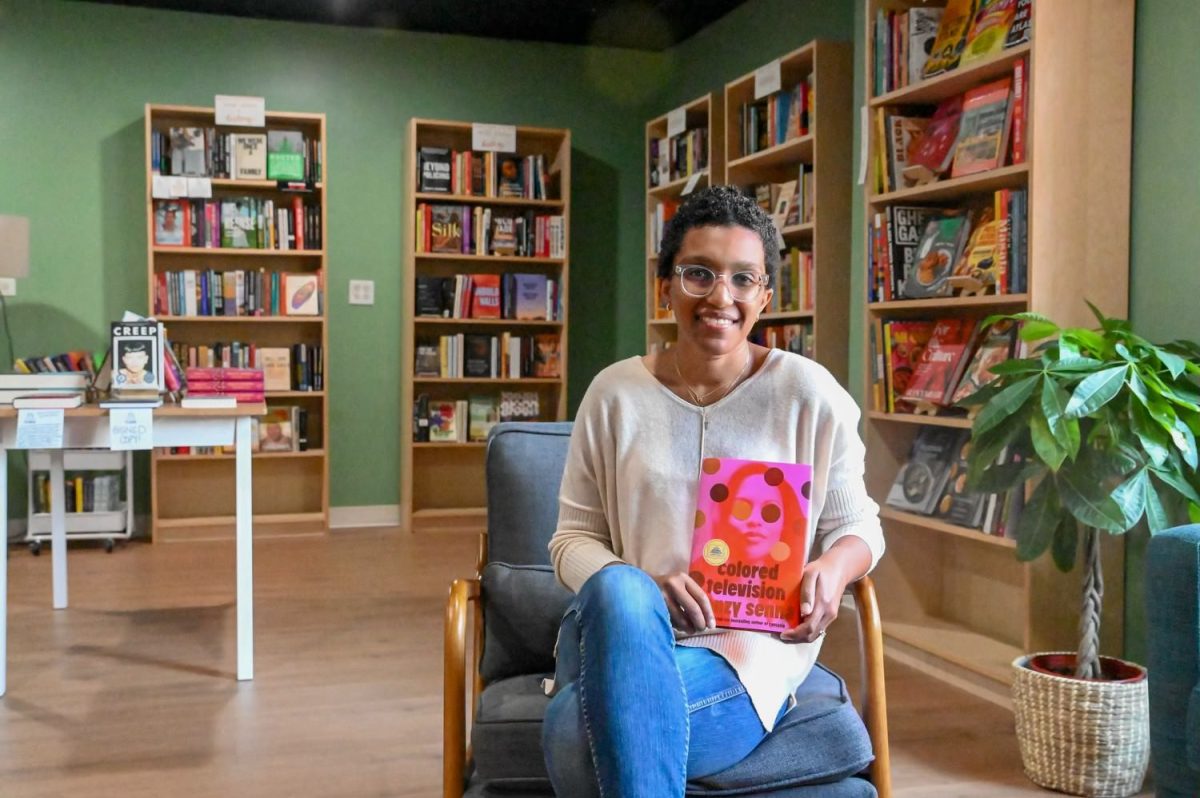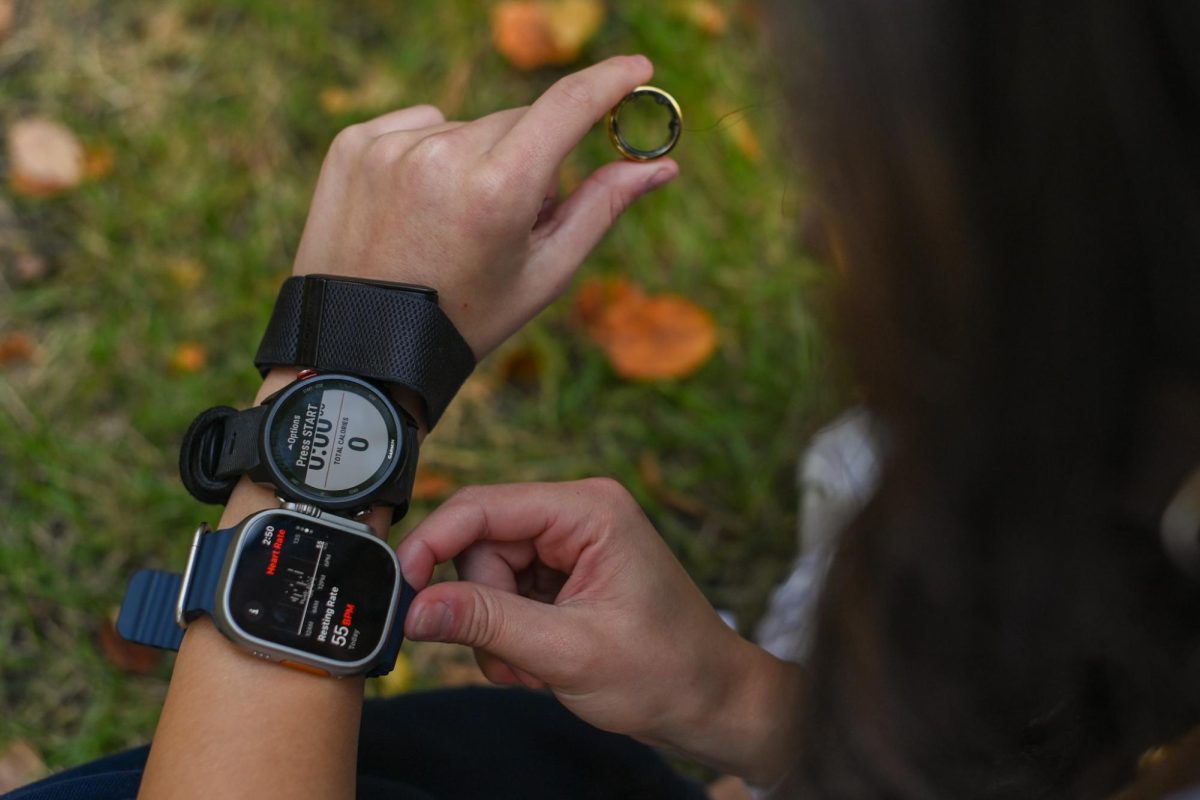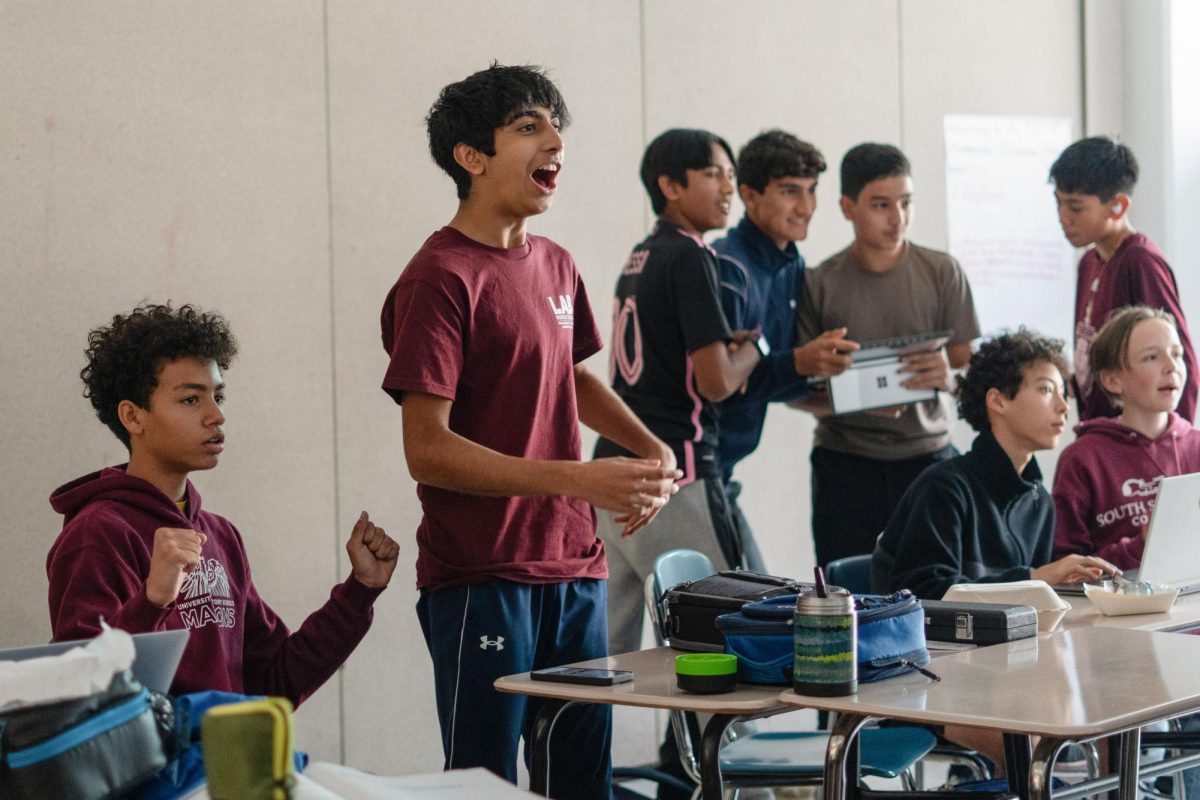Click by Click: Digital artists turn to online platforms for self expression
Digital artist Lusia Austen creates art through Procreate on her iPad.
May 4, 2022
In some corners of the art world, the days of charcoal-covered fingers and thick oil paint on canvas appear to be over. Amid a world of computers and tablets, where mistakes can be undone and any imaginable color or stroke is just one click away on a toolbar, digital artists are increasing in number and prominence by the day. Some U-High students have turned to digital art as a means of expression, unbounded by the restrictions of more traditional art forms.
Junior Dalin Dohrn, who creates digital art in her free time, has all the tools she needs to create her art within the bounds of her iPad.
“I tend to do kind of like full-color cartooning, similar to what I would do with paper, but it’s kind of more convenient,” Dalin said. “I have an iPad, an Apple Pencil, and then I just use Procreate, which I definitely recommend. It’s a one-time purchase and it’s super great for any type of art.”
Dalin’s interest in art started with pen on paper, but she turned to digital art when she realized it could offer stylistic benefits.
“I kind of got into it because I wasn’t getting the contrast and clean look that I wanted out of any sort of paper working. Eventually I was using alcohol-based markers, which reduce brushstrokes that you can see — but they’re so expensive,” Dalin said.
Another digital artist, senior Alina Susani, also emphasized the stylistic benefits of digital art, adding that the art form can allow artists to focus their energy on components of the piece that warrant their attention most.
“It provides opportunities for artists to go beyond what would be possible with real art materials,” Alina said. “Digital art also allows artists to spend less time on more mundane artistic tasks — like drawing the same thing over and over — and spend more time on other aspects of the piece.”
According to Dalin, digital art can also be a more affordable investment in the long term, especially if artists already own technology for different purposes.
“Some people I know make digital art on their computers, which they already have, and that’s convenient. If I hadn’t had to pay for my iPad or Apple Pencil, it’d be like an insane difference because Procreate is, I think, $10, and you have every tool, every brush, every color.”
Junior digital artist Lusia Austen added that advanced technology and platforms used by professional digital artists can create the impression that digital art is quite costly. But she emphasized that there are always cheaper digital platforms and alternatives that newcomers to digital art can turn to without sacrificing the quality of their work.
Even with all of the benefits of digital art, Alina said sometimes she prefers drawing on paper rather than a screen.
“I like having the freedom and ease of not being bound by material constraints when drawing digitally, but I also believe that it doesn’t always have the same feel as drawing on paper,” Alina said. “I’m not always able to get the product that I want and that I would get if I drew it normally.”
Junior Rebecca Byrnes, who creates art digitally and in other forms expressed similar appreciation for the ability to navigate both digital and material art forms.
“It’s been an interesting experience figuring out what balance between traditional and digital drawing works best for me,” Rebecca said. “I personally value the character and texture of traditional work over the precision and detail of digital, but having the ability to choose between the two instead of always feeling relegated to only traditional has been helpful and rather freeing.”
While Lusia also values her skills in non-digital art, she thinks that the future of digital art is growing brighter by the day as the modern digitalized world comes to accept it as its own legitimate art form.
“People are spending less time in museums and you don’t need to actually go to seek out traditional art. You can pretty much just open your phone and find it,” Lusia said. “Digital art and art in general is becoming more accessible, and what we view as ‘good art’ is definitely changing along with that.”
According to Dalin, the art world’s growing acknowledgement of the medium is already becoming clear.
“Big art competitions, art colleges — kind of organizations that operate around art — are more and more willing to see digital art,” Dalin said. “The advantages of it are irresistible.”



